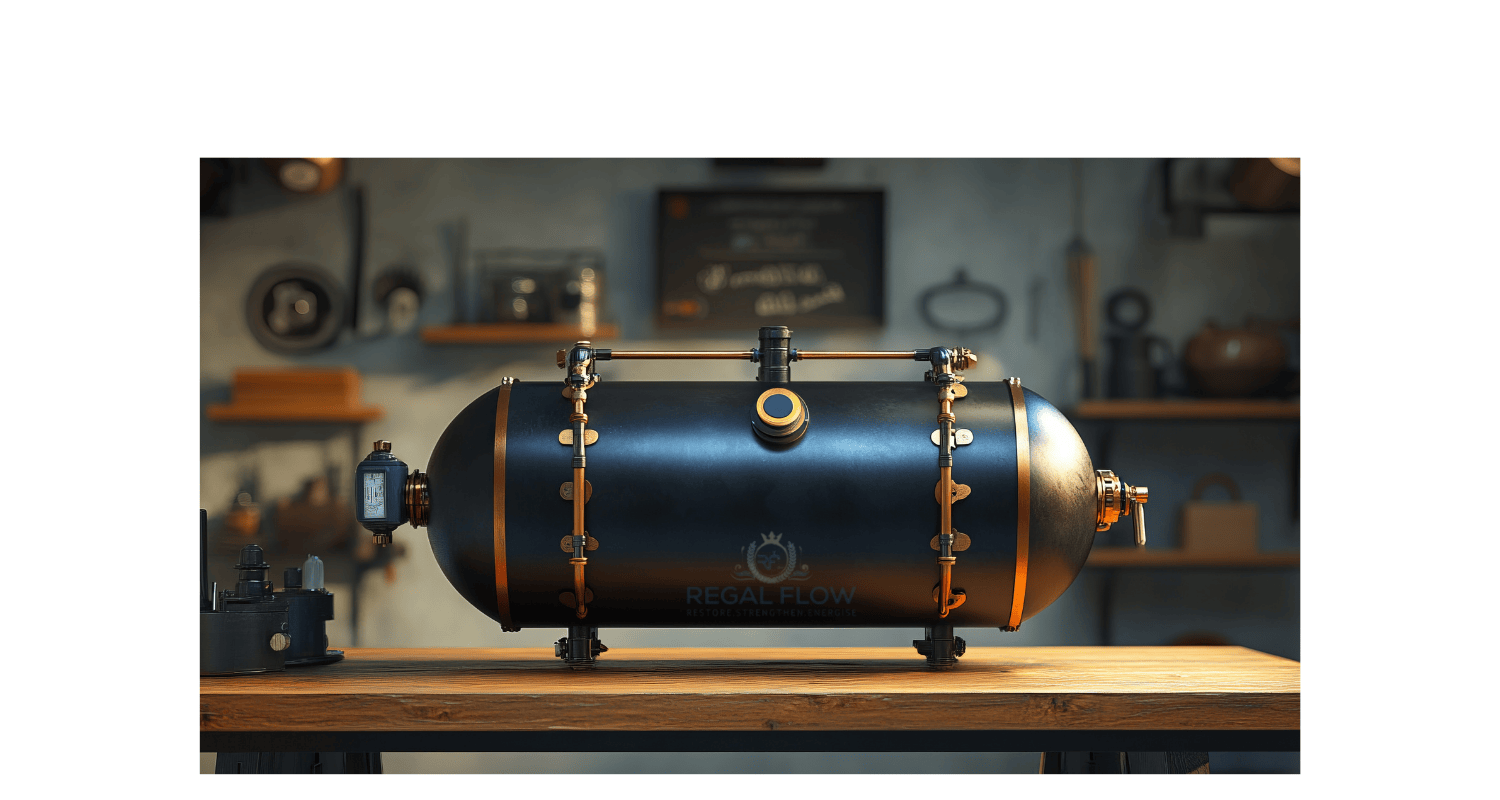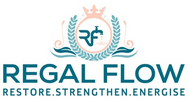
Understanding Reverse Osmosis Pressure Vessels
Ever wondered how your countertop dispenser delivers crisp, clean water? The secret often lies in a reverse osmosis pressure vessel! These unsung heroes use high pressure to filter out impurities, ensuring your water is as pure as it gets. In Reverse Osmosis Systems for Commercial & Industrial Applications, we dive into how they work and why they’re essential!
Understanding RO Pressure Vessels
Function and Purpose
At its core, the RO pressure vessel is a pressure-packed chamber designed to house the semipermeable membranes in an RO system. These membranes do all the hard work of filtering out contaminants, while the pressure vessel ensures the water is pushed through at the right force. It’s like the turbocharged engine that helps water flow through the system, leaving behind harmful particles like salts, bacteria, and heavy metals. Without the pressure vessel, water would trickle through, making the filtration process less effective.
Types of Pressure Vessels
When it comes to RO pressure vessels, there’s no one-size-fits-all solution. You’ll find cylindrical vessels most commonly, thanks to their ability to handle high pressure and hold multiple membranes. The larger the system, the more membranes it needs, and therefore, the larger the vessel. Whether you're dealing with a small household filter or an industrial desalination system, there’s a pressure vessel built for the job. The key is making sure the vessel can handle the pressure required for effective filtration—without giving way under the strain.
Key Features and Specifications
Material and Construction
Not all pressure vessels are made equal, and the material used is a big part of what makes them effective. Stainless steel is a popular choice, thanks to its strength, durability, and resistance to corrosion. It’s perfect for long-term use in challenging environments. Other materials, such as fiberglass-reinforced plastic (FRP) or composite polymers, are often used for their lighter weight and chemical resistance. Each material comes with its own set of benefits depending on the type of water it’s meant to filter and where the vessel will be used.
Pressure Ratings and Certifications
The pressure vessel’s job is all about handling high pressures—anywhere from 50 psi to over 1,000 psi, depending on the system. For this reason, it’s essential to choose a vessel with the correct pressure rating. Many pressure vessels also come with certifications like NSF/ANSI 61, which ensure they’re safe for use with drinking water. These certifications guarantee that the vessel is built to withstand high-pressure environments and meet health and safety standards, so you can rest assured that your water will be clean and safe.
Installation and Maintenance
Proper Installation Procedures
Getting the installation right is crucial. When installing an RO pressure vessel, it’s essential to make sure everything’s level and secure. An improper setup can lead to leaks, inefficiency, or even damage to the system. The pressure should be tested gradually to avoid overloading the system, and all connections must be tight to prevent any water loss. When in doubt, consult a professional installer—after all, you want your system running smoothly for the long haul.
Maintenance and Inspection Tips
Once your RO pressure vessel is up and running, regular maintenance is key to keeping things in tip-top shape. You’ll want to clean the vessel periodically, usually with a food-grade sanitiser, and check the filters for wear and tear. Pressure gauges are another important component to monitor regularly—low or fluctuating pressure could be a sign that something’s not working as it should. Membranes, too, need to be inspected and replaced as required. Staying on top of maintenance can help extend the lifespan of your system and prevent costly repairs down the line.
Troubleshooting Common Issues
Identifying and Resolving Problems
Sometimes, even the best systems run into hiccups. If you notice a drop in water pressure or an increase in water waste, it could be a sign of membrane fouling, clogged filters, or a leak. Checking the pressure and inspecting the filters should be your first step. For more serious issues, like the vessel itself losing pressure, the seals or membrane might need attention. Don’t ignore small issues—it’s better to tackle them early before they turn into bigger, more costly problems.
Ensuring System Safety
Safety should always be top of mind when dealing with RO systems. Over-pressurisation can damage the membranes or, worse, cause the vessel to fail. It’s a good idea to monitor the pressure regularly and make sure the system is running within the manufacturer’s recommended range. Also, always switch off the power before performing any inspections or maintenance. Staying vigilant ensures your RO system operates safely and effectively.
Applications of RO Pressure Vessels
Industrial and Commercial Use
In industries such as desalination, beverage production, and wastewater treatment, RO pressure vessels are absolutely crucial. They help companies treat large volumes of water, turning salty or contaminated water into something that’s safe for consumption, production, or even irrigation. For example, in the food and beverage industry, ensuring clean water is vital for both safety and taste. These vessels need to be robust, reliable, and able to withstand the intense demands of commercial water treatment.
Residential Systems
RO pressure vessels aren’t just for the big guys—they also play a huge role in residential water filtration. Many homes now rely on RO systems to ensure that their drinking water is free from contaminants like chlorine, fluoride, and pesticides. Whether it’s an under-sink system or a countertop dispenser, the pressure vessel inside is working tirelessly to filter the water you drink, cook with, and use for cleaning. Having a reliable RO system in the home gives peace of mind, knowing that your family is drinking clean, purified water.
Conclusion: Importance of the RO Pressure Vessel
Key Takeaways on Vessel Function
RO pressure vessels are essential for the filtration process—they ensure the water passes through the semipermeable membranes at the right pressure, ensuring contaminants are effectively removed. Without these vessels, the system wouldn't be able to function efficiently, and the water wouldn't be as pure. Whether for home use or industrial applications, they’re the backbone of any reverse osmosis system. Choosing the right RO pressure vessel is critical to ensuring your water filtration system works at its best. Make sure to select one based on your needs, whether you’re looking for a vessel for your home or an industrial-scale system. And, as with any piece of equipment, proper installation and regular maintenance are key to making sure your system keeps running smoothly. If you're unsure, it's always best to consult with a professional to ensure you get the right fit for your needs. Stay on top of the care and maintenance of your system, and your RO pressure vessel will keep working wonders for years to come.
More Reverse Osmosis info we think you'll love
RO Systems in the Food & Beverage Industry: Enhancing Quality and Compliance
Implementing RO Technology in Hospitality: Elevating Guest Experience
Reverse Osmosis in Healthcare and Laboratories: Ensuring Purity and Safety
Optimising Coffee Shop Operations with RO Water Filtration
Selecting the Right Commercial RO System for Your Business
Maintaining Your Commercial RO System: Best Practices and Tips
Which Chemical is Best for RO Membrane Cleaning?
Industrial Reverse Osmosis Cost per Gallon
Commercial Water Filtration Systems
Industrial Reverse Osmosis System Cost
Light Commercial Reverse Osmosis System
Reverse Osmosis vs Carbon Filter


Leave a comment